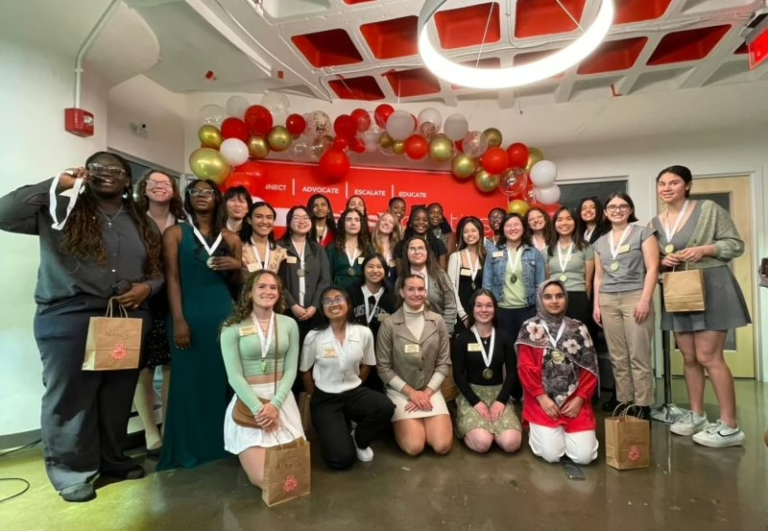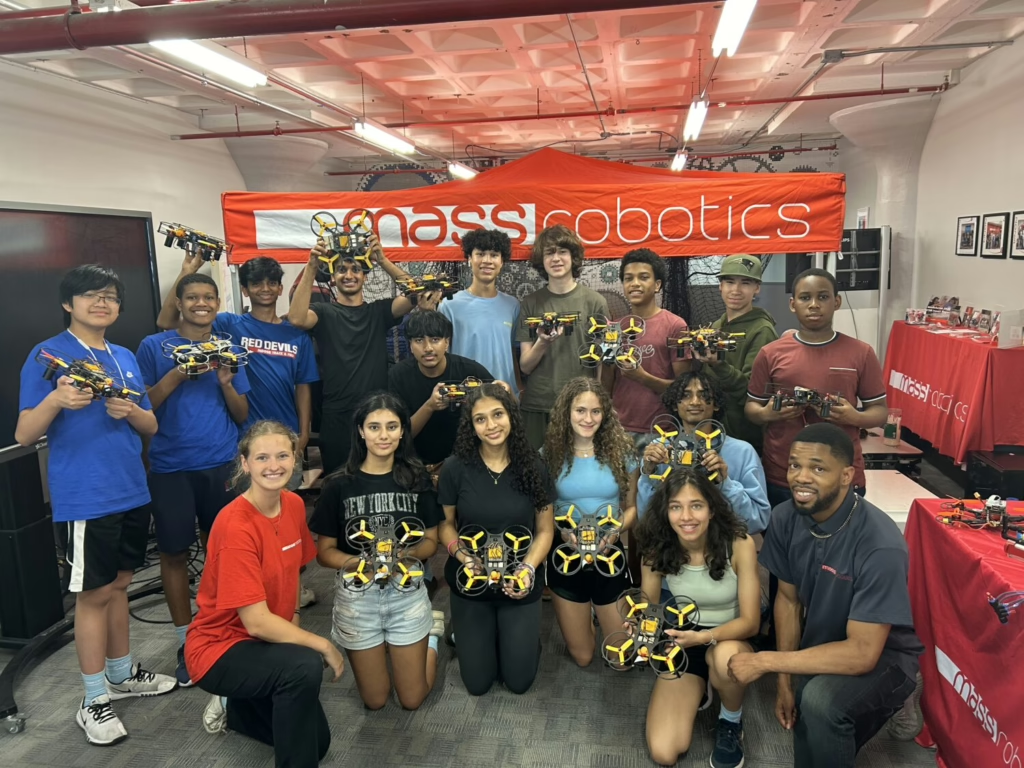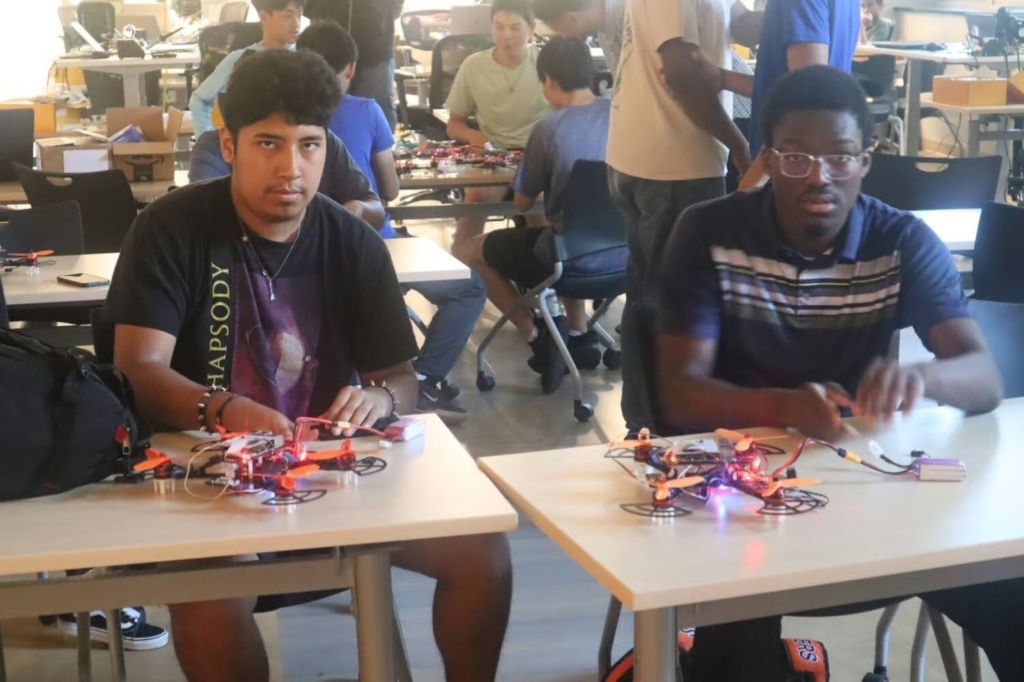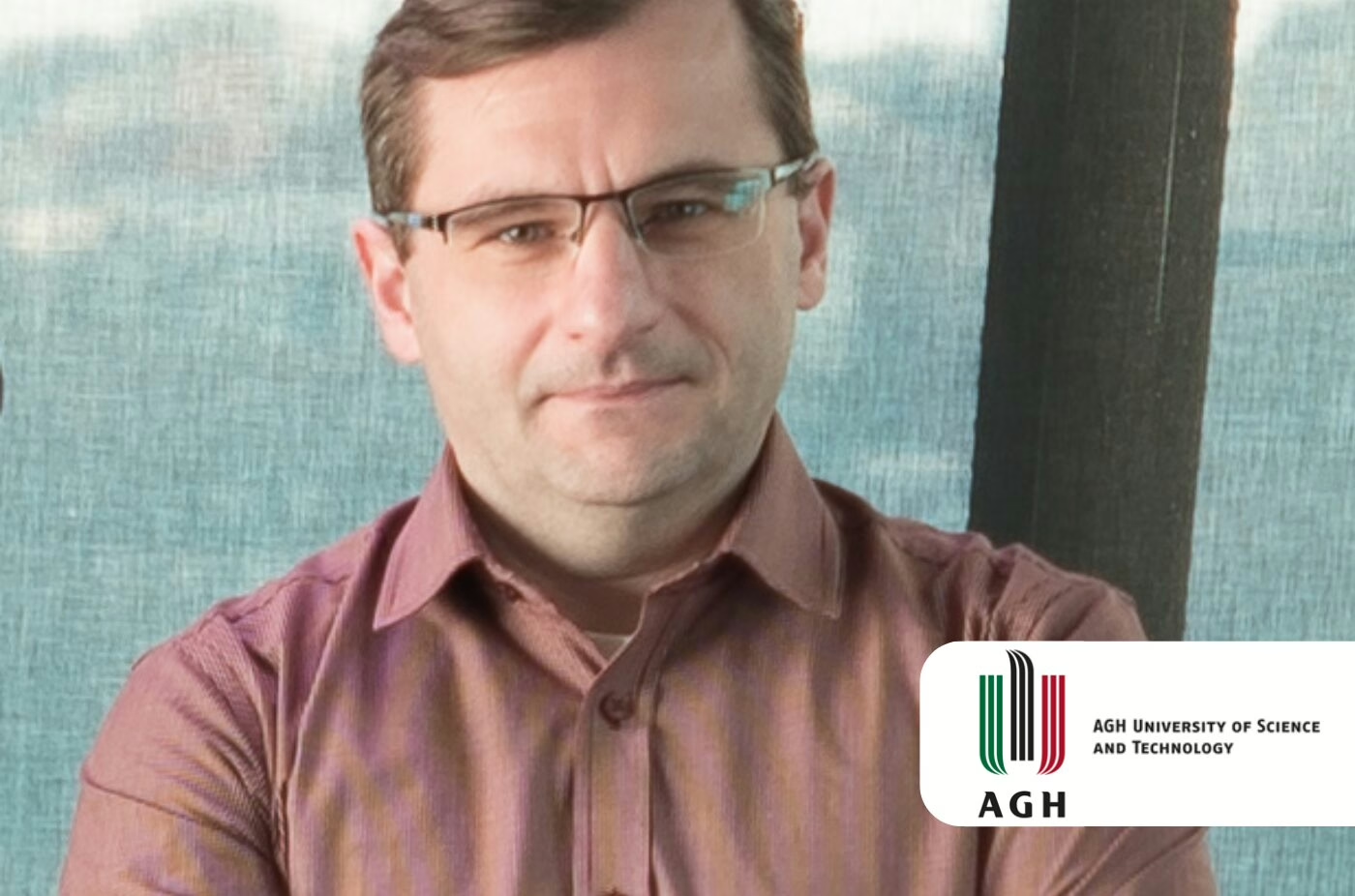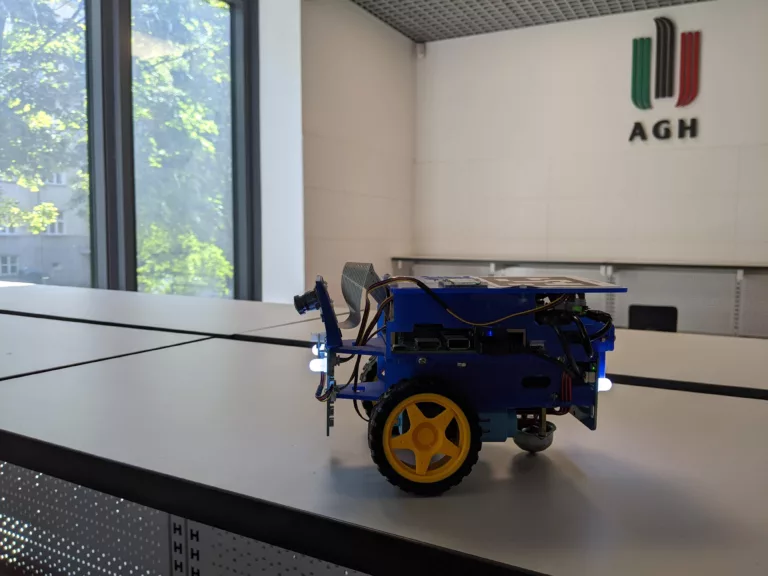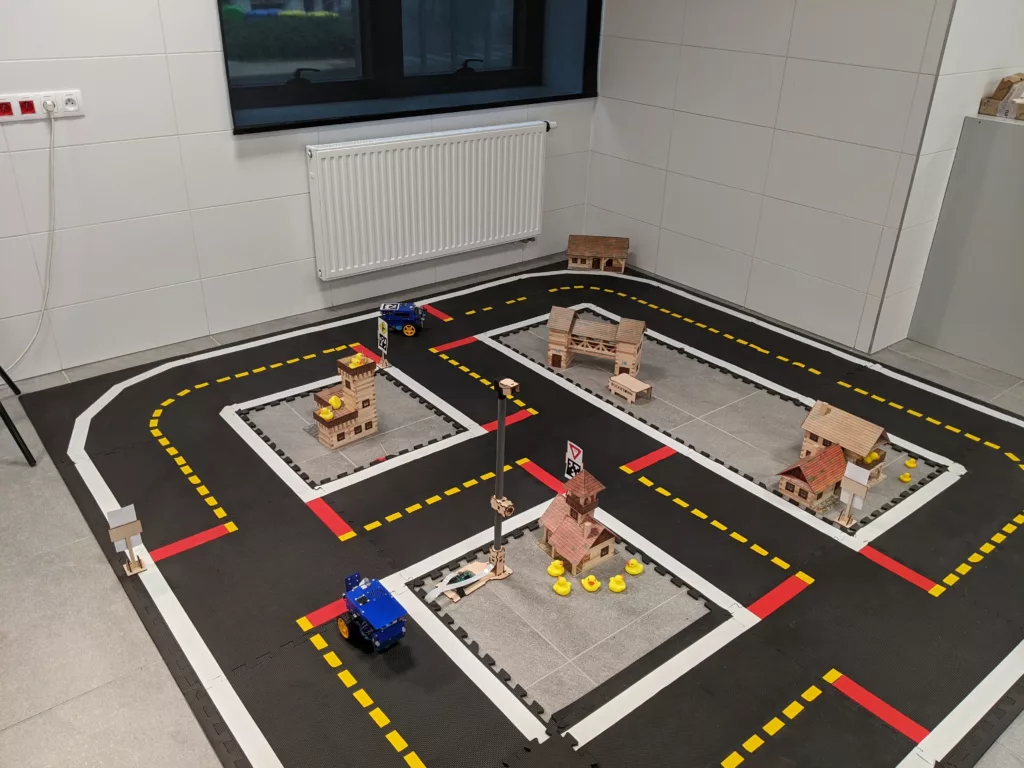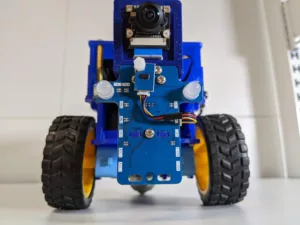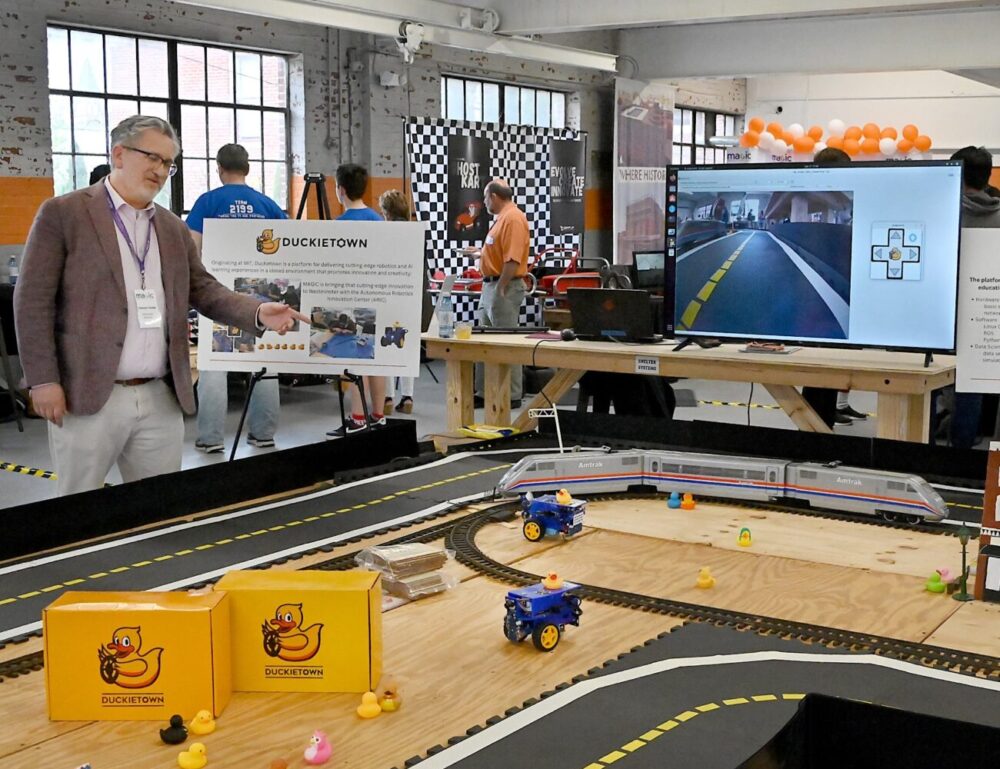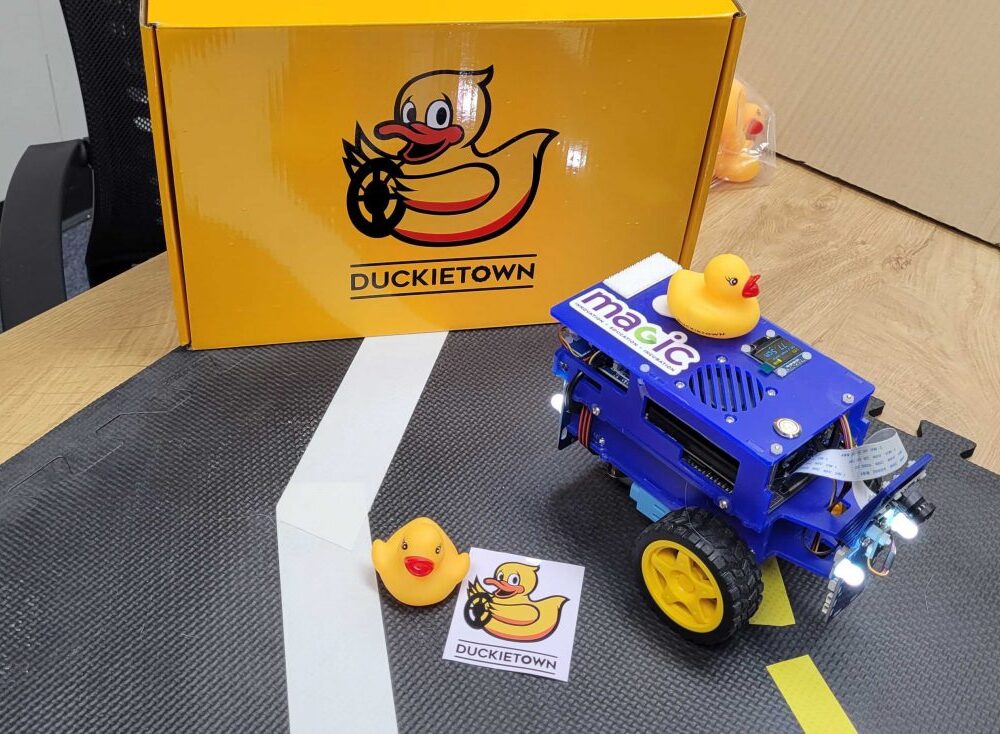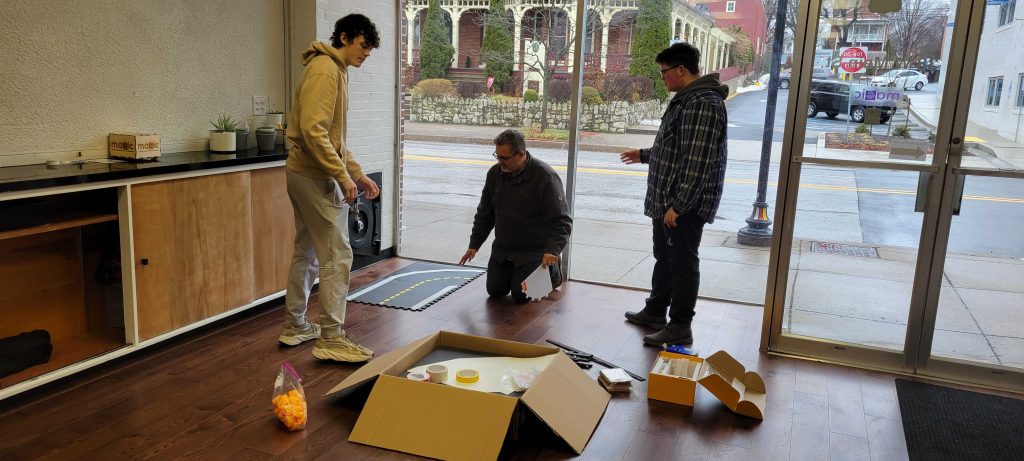Making robotics in Peru more accessible
Lima, Peru, June 2025: Dr. Nicolas Figueroa talks with us about his goal to make teaching and learning robotics in Peru and Latin America more accessible and efficient, and especially about his mission to strengthen Peruvian national industry through robotics.
Bringing cutting edge robotics in Peru
Good morning and thank you for your time. Could you introduce yourself please?
Sure. My name is Nícolas Figueroa. I’m the general manager of NFM Robotics, and I also run a nonprofit initiative called Robotics Lab. I hold a Master’s degree in Robotics & Automation, and I recently defended my thesis, so now I’m officially a doctor!
Through Robotics Lab, we work with universities to promote robotics and robot autonomy education in Latin America, where there is still a significant gap in access to advanced robotics knowledge. I believe Duckietown offers an efficient and accessible way to help bridge this gap.

What can you tell us about your work?
My goal is to build a strong robotics community in Peru, and eventually throughout South America.
I work closely with university student leadership. For example, students form directive committees, presidents, vice presidents, chairs, and they organize conferences, workshops, and talks to promote robotics and robot autonomy knowledge. I maintain close contact with engineering schools in the fields of mechatronics, industrial robotics and electronics.
This connection allows me to support their efforts more effectively, even as an external partner. With NFM Robotics, we are seeing that the Peruvian industry is beginning to explore robotics, but isn’t widely adopted yet. There’s a big opportunity to offer high-level solutions, but we need more people trained in this technology.
Duckietown helps us train teams in ROS and autonomous robotics. These teams can then support industry projects.
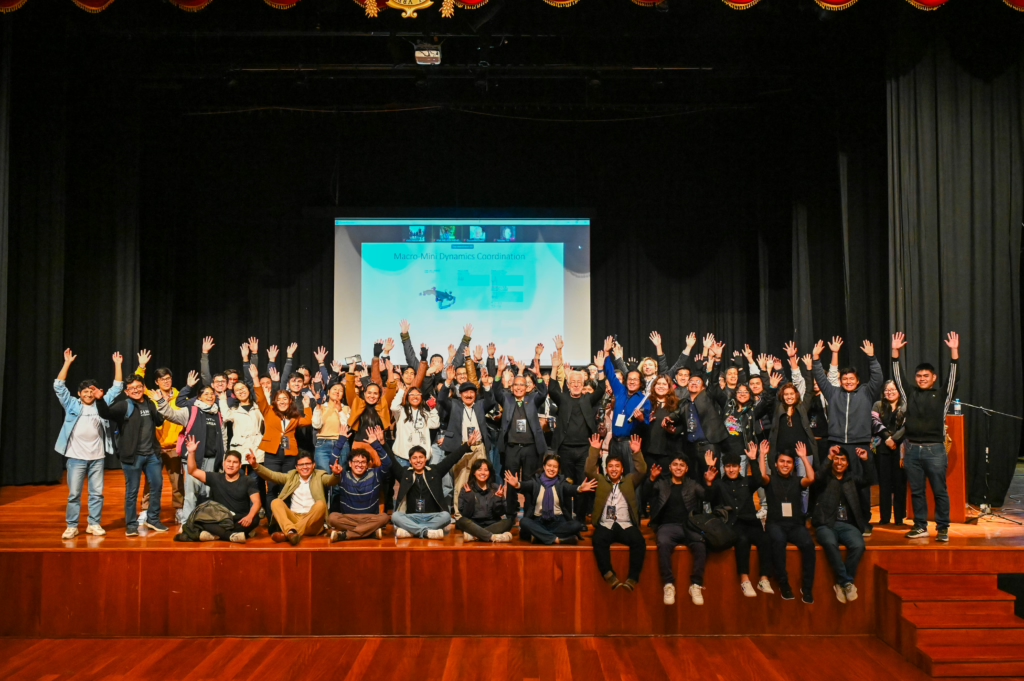
So how is Duckietown useful for your work?
Considering that our target are both academic institutions for education, and industry for practical applications, I found Duckietown to be an incredible tool for introducing autonomous robotics. Its hands-on, accessible approach is key to closing the knowledge gap concerning robotics in Peru. When I first looked for platforms to teach autonomous robotics, I found that many options were either too expensive, had limited access, or didn’t support community engagement.
Duckietown stood out as different, it empowers learners and prioritizes impact. That’s why I knew it was the right platform to support our mission at Robotics Lab.
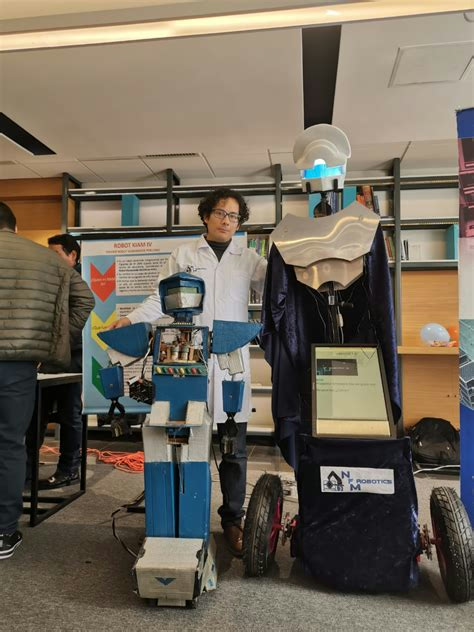
Through Robotics Lab, we work with universities to promote robotics education in Latin America, where there is still a significant gap in access to advanced robotics knowledge. I believe Duckietown offers an efficient and accessible way to help bridge this gap.
Nicolas Figueroa
What is your current focus?
Right now, we are focusing on developing robotics in Peru as a pilot project. We’ve established a presence in five Peruvian universities. But by the end of this year and early next year, we plan to expand to other countries. For example, in May, we hosted a virtual lecture series with speakers from Germany, Italy, Spain, and Estonia. It was our first step in bringing our initiative to a broader international context.
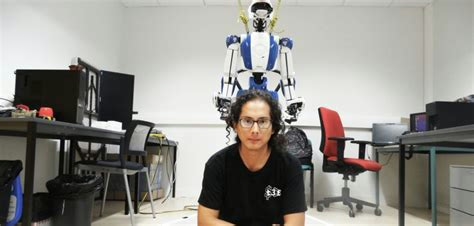
I found Duckietown to be an incredible tool for introducing autonomous robotics. Its hands-on, accessible approach is key to closing the robotics knowledge gap.
Nicolas Figueroa

Did Duckietown satisfy your needs?
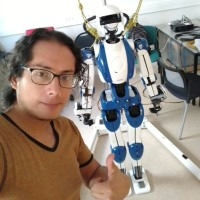
Thank you very much for your time, any final comment?
The idea is to form a group within Robotics Lab to begin introducing autonomous robots and learning more deeply about robotic autonomy. We’re currently in discussions with some university faculties about establishing Duckietown-based laboratories, and we hope to promote our partnership with Duckietown even further.
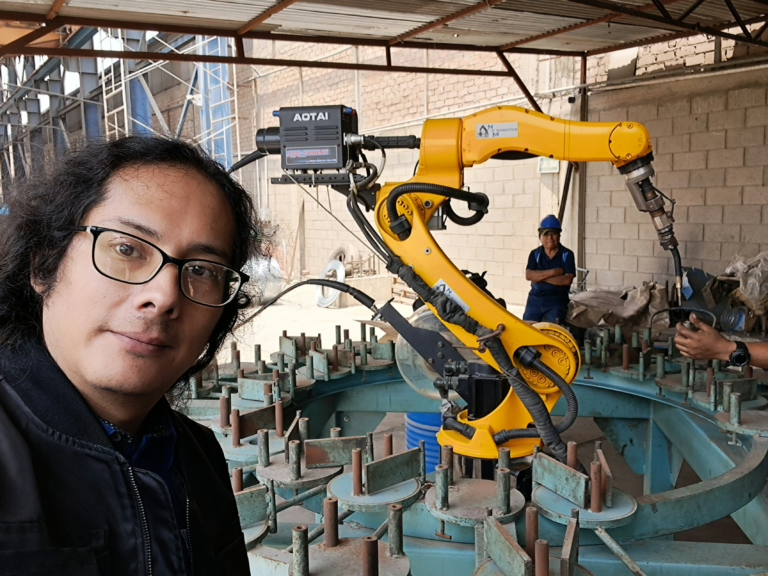
Learn more about Duckietown
Duckietown enables state-of-the-art robotics and AI learning experiences.
It is designed to help teach, learn, and do research: from exploring the fundamentals of computer science and automation to pushing the boundaries of human knowledge.
Tell us your story
Are you an instructor, learner, researcher or professional with a Duckietown story to tell?
Reach out to us!





